


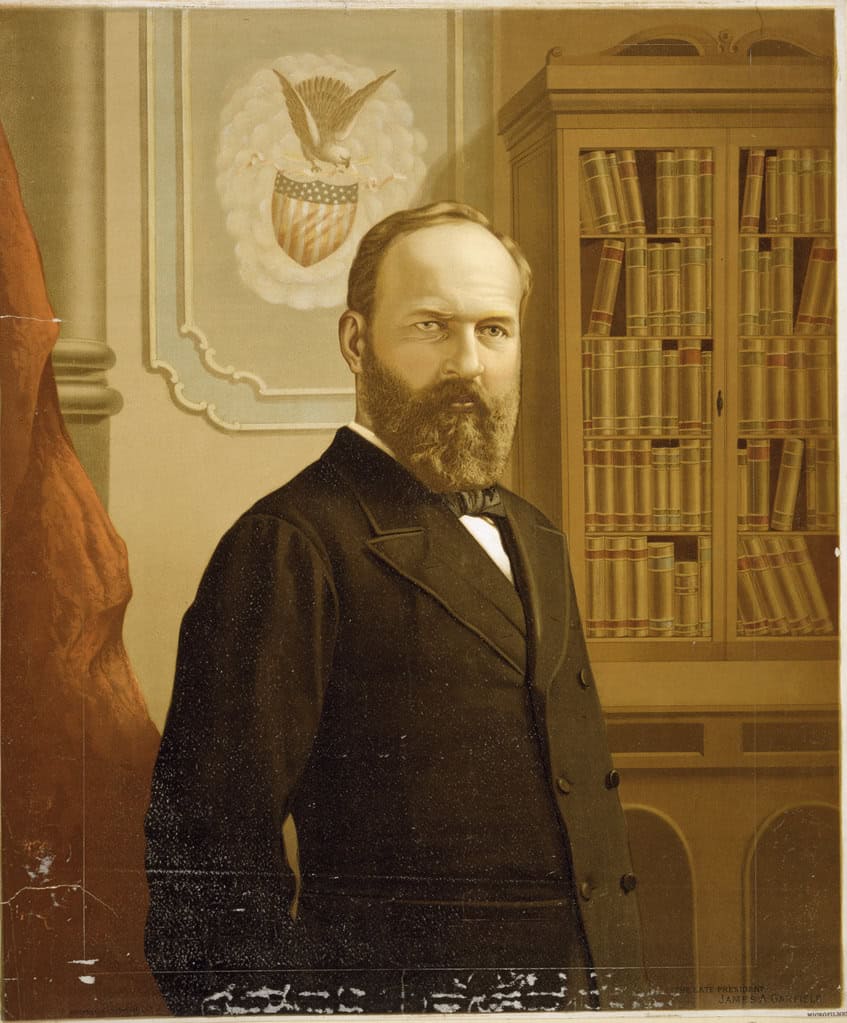
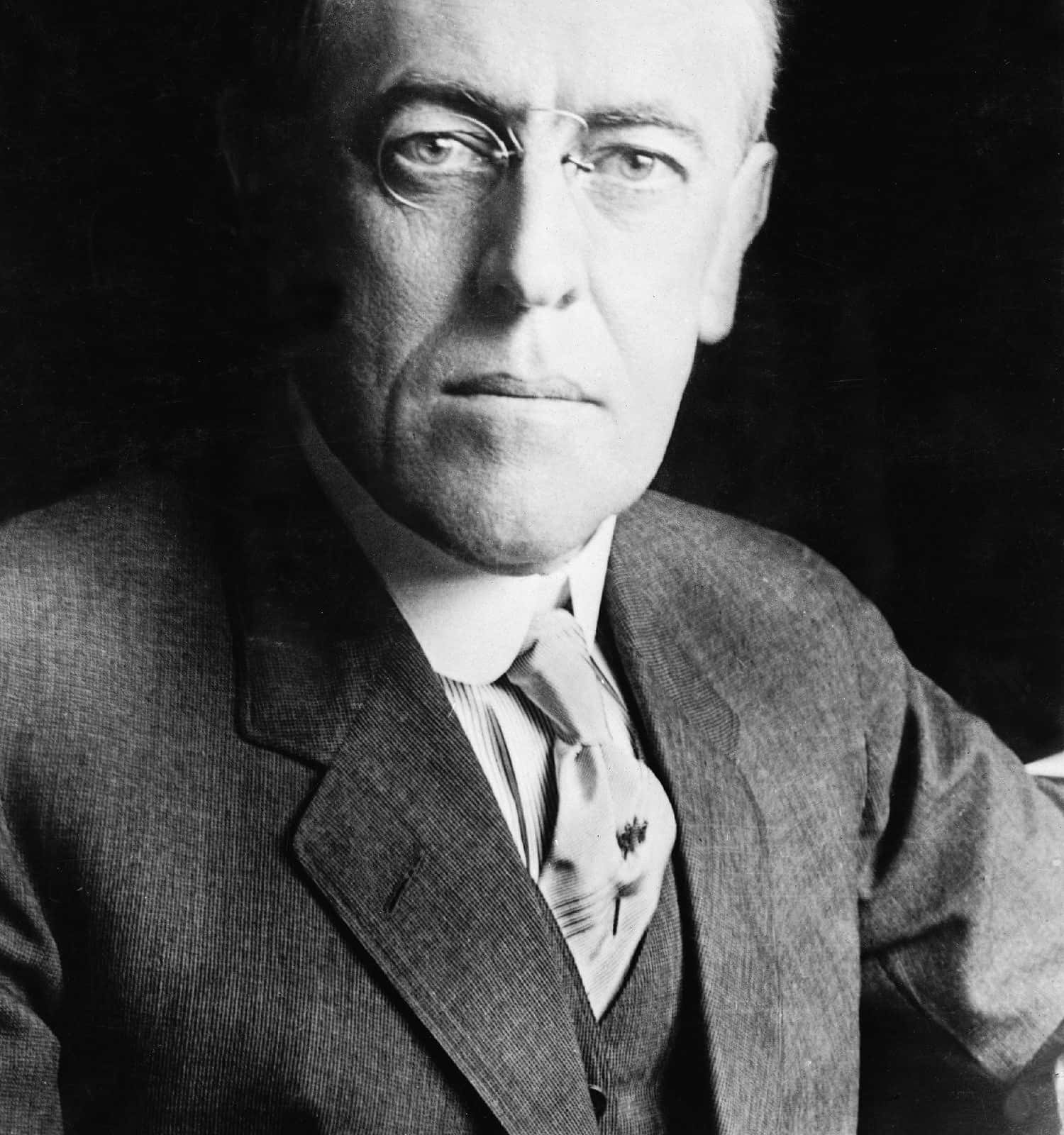
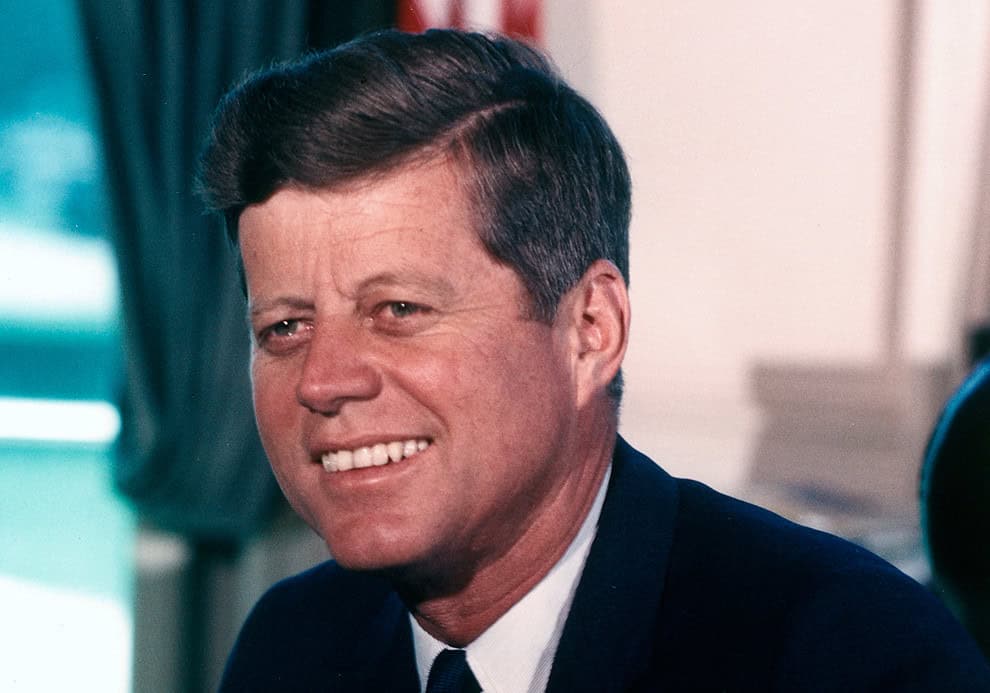
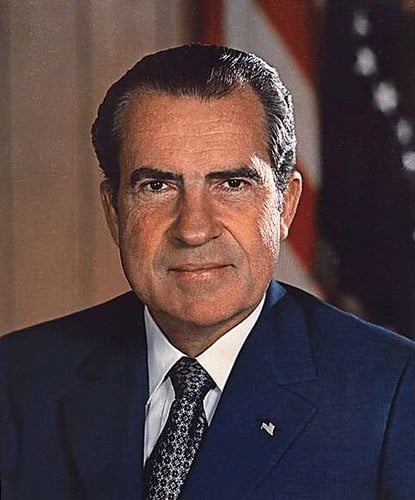
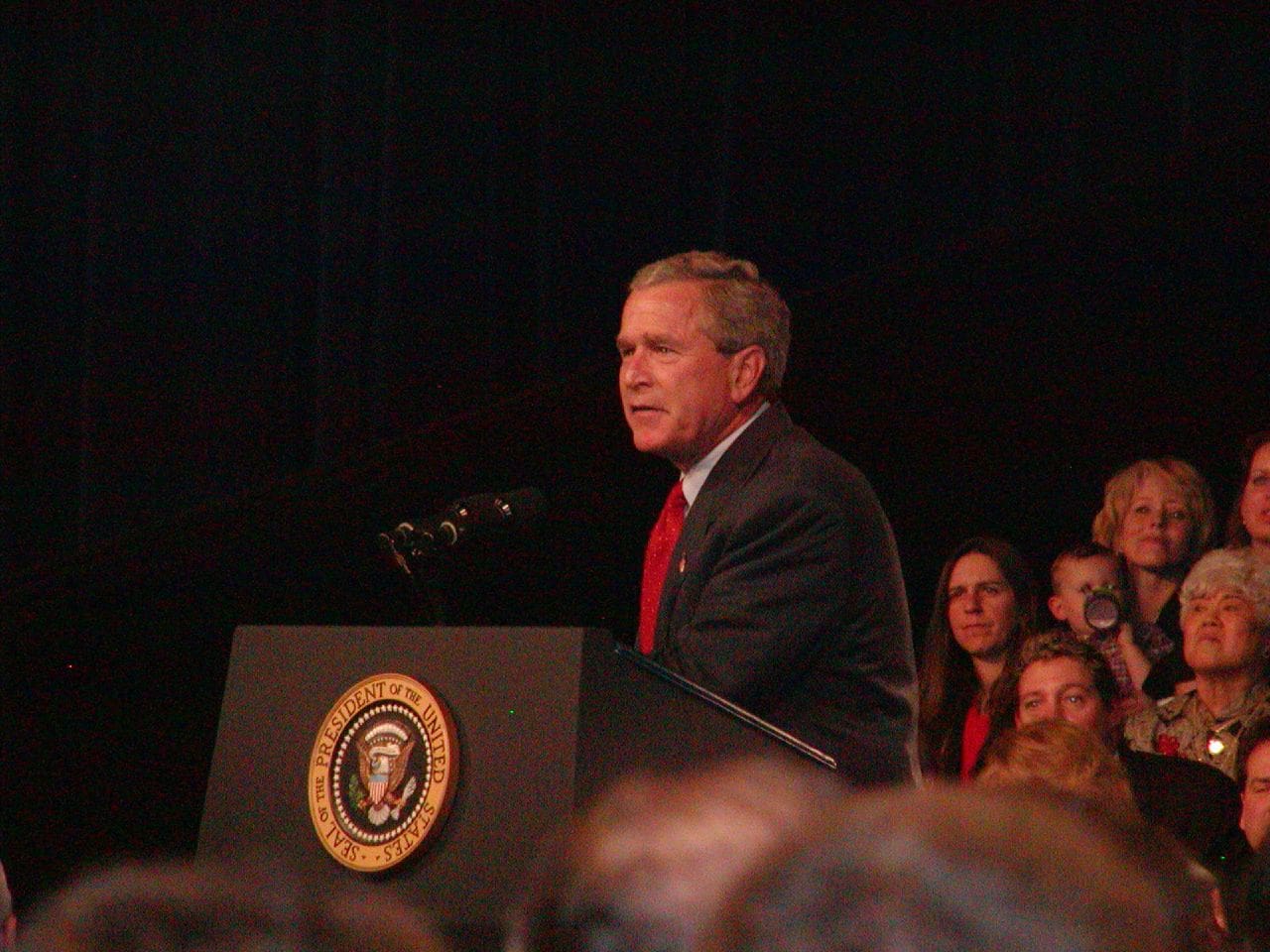



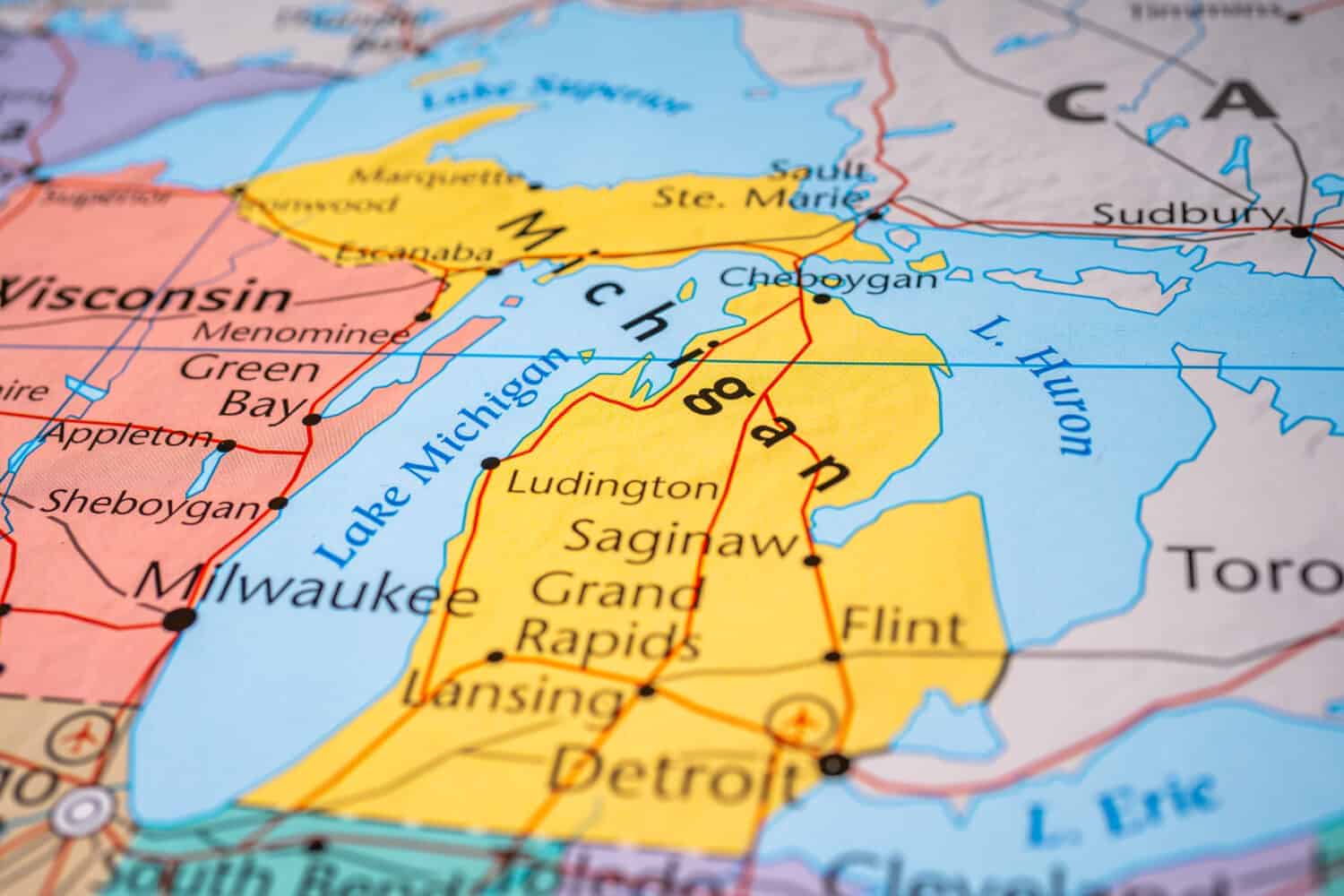

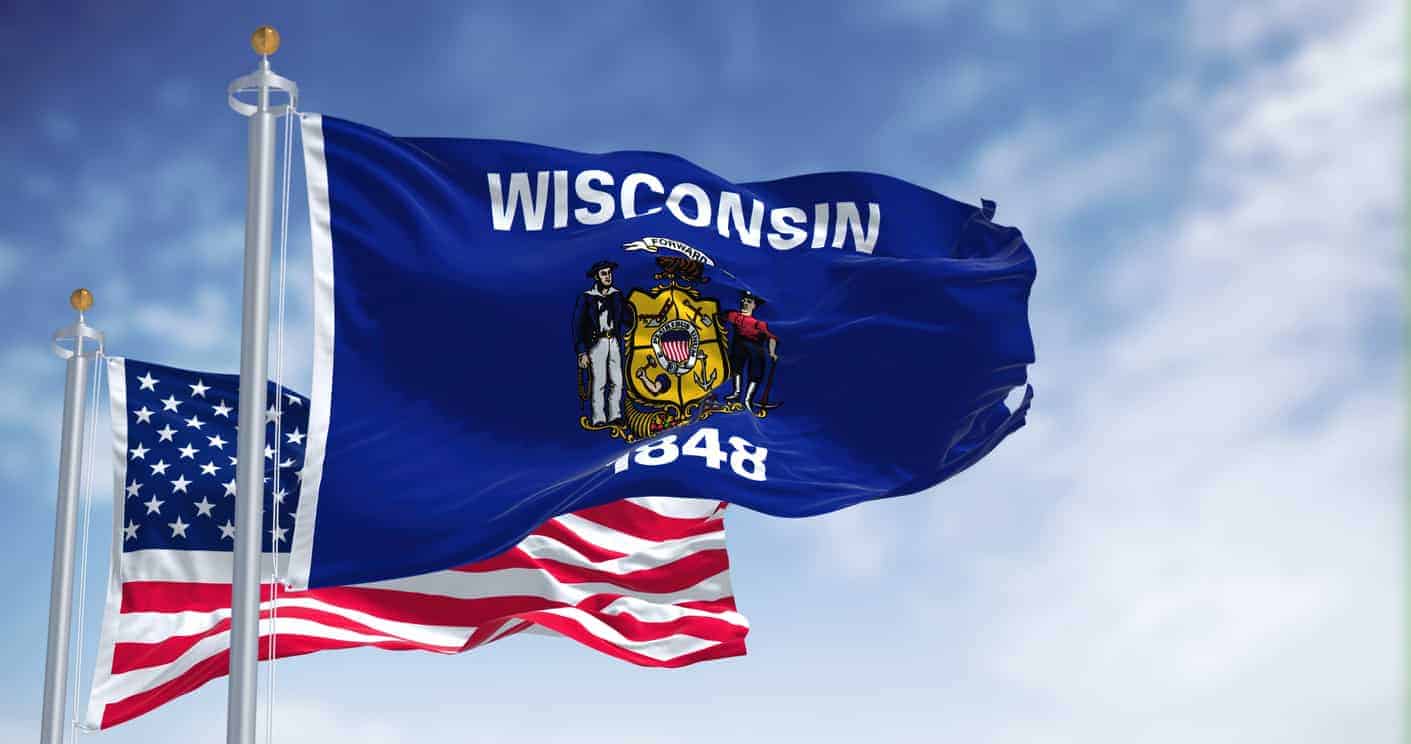

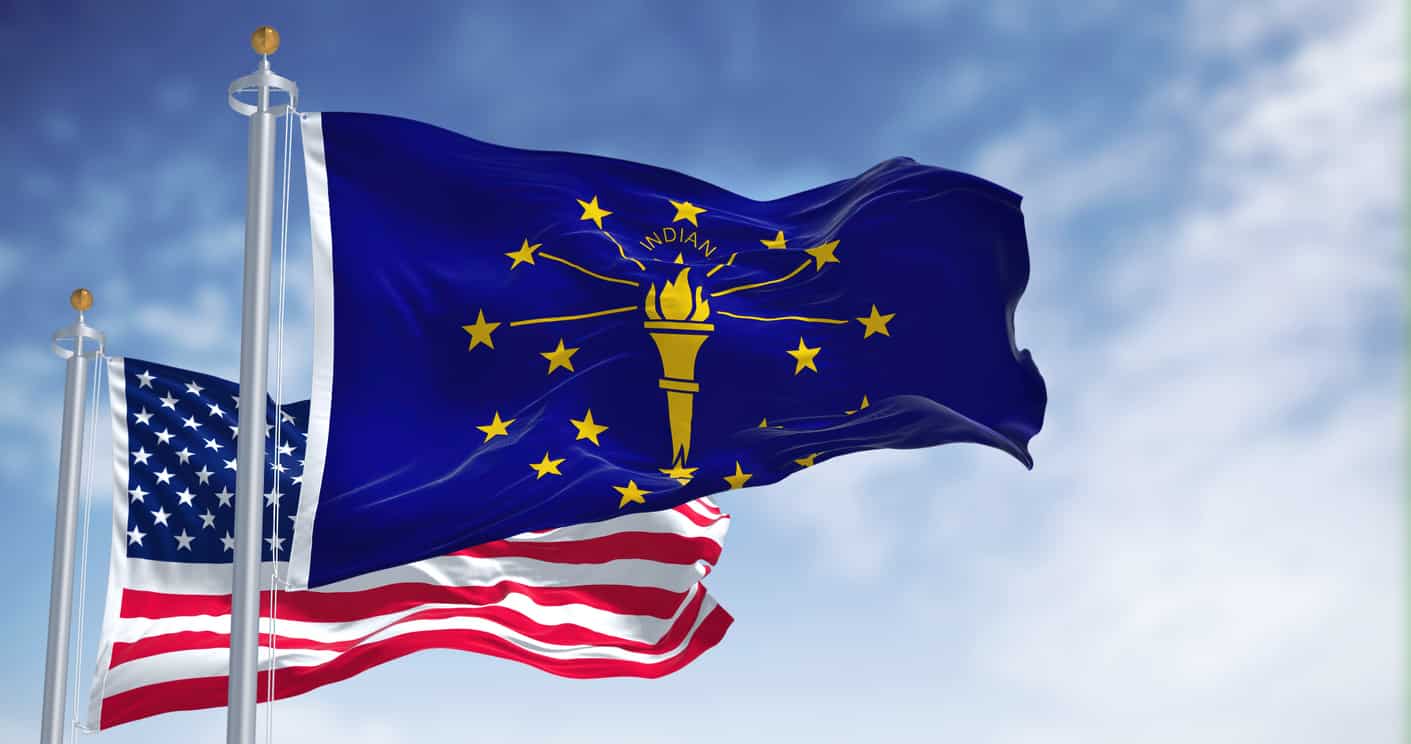




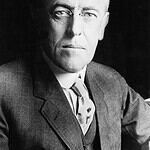
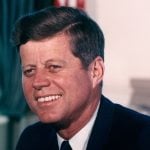
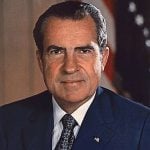









These U.S. Elections Were Decided by Razor-Thin Margins
U.S. elections are decided generally at the ballot box. Occasionally, there are elections where things run so close that it comes down to a mere handful of votes before a winner is declared. Today, we're examining history to see which candidates barely won their races.
1824 Presidential Election
The 1824 presidential election was unlike our more modern elections. Rather than having two primaried candidates squaring off at a final general election, four people were competing for the presidency. Interestingly, Andrew Jackson's 99 electoral votes didn't secure victory. After a separate contingent election was held in 1825, John Quincy Adams walked away with the presidency.
1876 Presidential Election
Few were expecting the 1876 presidential election to come down to a matter of a single vote. Rutherford B. Hayes lost the popular vote to his opponent, Samuel J. Tilden. Hayes barely secured the victory in the Electoral College, securing one vote more than his opponent. That was enough to get into the White House, at least.
1880 Presidential Election
Sometimes the election will steer the other way, with the popular vote being absurdly thin between both candidates. In the presidential race between James A. Garfield and Winfield Scott Hancock, that's exactly what happened. Garfield won a slim 59 electoral vote lead over Hancock, and only 0.09% more of the popular vote than his opponent.
1916 Presidential Election
Woodrow Wilson secured a slim victory over Charles Evans Hughes in the 1916 election. Wilson's victory was the first time a Democrat won their bid for a second term in office since 1832, but it was a close race. Hughes lost by 23 electoral votes and a paltry 3.12% of the popular vote.
1960 Presidential Election
The 1960 presidential election was the first of the races to have a fully televised debate between candidates. Candidates John F. Kennedy and Richard Nixon ran a close race, all said, with Kennedy only securing 84 more electoral votes. Further, he was only able to secure 0.17% more of the popular vote.
1968 Presidential Election
In the grand scheme of things, the 1968 presidential election wasn't remotely close. Despite being a three-way race between Richard Nixon, Hubert Humphrey, and George Wallace, it was handily won by Nixon in the Electoral College. However, what is of note here is that Nixon only won 0.7% more of the popular vote.
2000 Presidential Election
George W. Bush's 2000 bid for the presidency almost didn't come to pass. In the tightest presidential election in recent memory, an astonishing 5 votes in the Electoral College are what secured Bush's presidency. Bush did lose the popular vote by 0.51%. The election itself remains controversial thanks to the Supreme Court decision that eventually awarded victory.
1974 New Hampshire Senate Election
The 1974 race for New Hampshire's seat was one of the closest elections ever held. Eventually, it came down to a mere 2 votes between the two. After months of recounts, debates, and deadlock, a special election was held. This saw Democratic candidate John Durkin take office in what has to be the most contentious race in the Senate's history.
2008 Minnesota Senate Election
Al Franken barely won his Senate seat during the 2008 election cycle. Winning by a mere 312 votes, Franken secured just over 0.01% of the vote necessary to take the office. Franken and Norm Coleman ran tight races, but ultimately, the former would be a fixture in the Senate for years to come.
2024 Pennsylvania Senate Election
The next handful of Senate elections are notable because of how thin the margins are. The 2024 election cycle saw some more political upheaval across the country. However, what is important to note is that incumbent David McCormick held on to his Senate seat with a mere 0.2% of the vote.
2024 Michigan Senate Election
Michigan's Senate election during the 2024 cycle was also quite a tight race. The open seat on offer was narrowly won by Democrat Elissa Slotkin, who won by just 0.3%. The 2024 Senate race is filled with races like these, all due to the political realignment of sorts happening around the country.
2024 Nevada Senate Election
The same close margins also apply to the Senate seat up for grabs in Nevada during the 2024 election cycle. Incumbent Jacky Rosen held onto the seat, winning by a mere 1.3% of the vote. The highly contentious races during the 2024 cycle can have a few ground reasons, likely down to the competitive nature of politics in the current political landscape.
2024 Wisconsin Senate Election
Closing out our look at the 2024 Senate elections is Wisconsin's race. Tammy Baldwin barely won her face against challenger Eric Hovde by a mere 0.9% of the vote. Time will tell if the midterm elections for the Senate in 2026 are such a tight race, but the way things are going, it seems likely.
1910 New York House of Representatives Election
The 1910 election for New York's 36th district is arguably the tightest race in all of American politics. A single vote is what secured the win for challenger Charles Bennett Smith to enter Congress. You don't often see most American elections coming down to a one-vote margin to secure victory.
1984 Indiana House of Representatives Election
Our final election today is Indiana's 8th district race. Frank McCloskey narrowly won the election, and the aftermath of the race itself has influenced modern American politics substantially. Indiana's 8th essentially set the trend for recounts, which has set the tempo for Congressional elections in the modern era.
